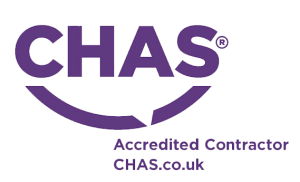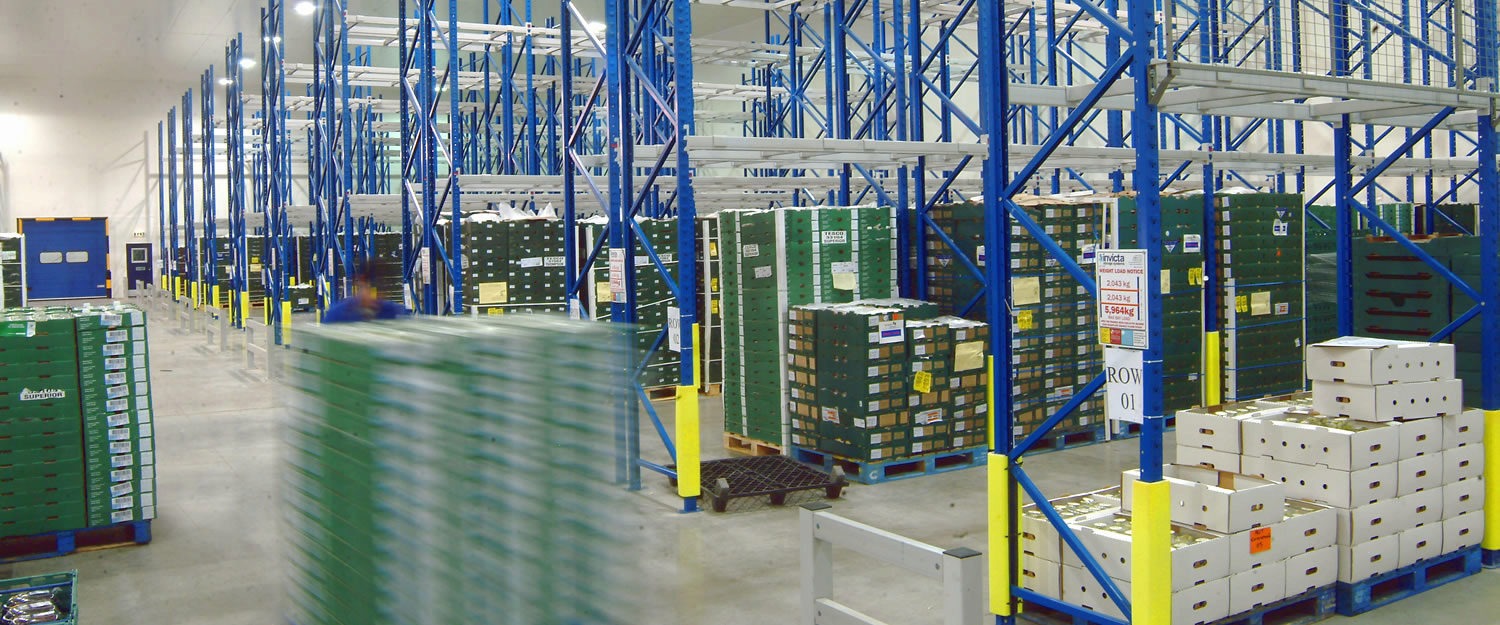For your information
You are being redirected to one of our divisional subsites which contains more detailed information on the required division. To navigate back to the main Invicta Group site, please click the link found in the footer at the bottom of the page.
How virtual warehouses can improve racking safety training
21st March 2023
Quick Quote
Contact Mick Coyne
To get a quotation or arrange a free site survey - Call Mick Coyne on
-
 UK
UK
Current location:
Quick Quote
Contact Mick Coyne
-
 UK
UK
Current location:
A warehouse can seem like a fairly benign working environment, at least compared to a factory or construction site. Yet beyond the obvious risk of vehicles, warehouses are full of unseen risks and momentary judgement calls. Awareness is key, and mistakes can pose a serious risk to life, as well as to the integrity of your racking and pallets.
Racking safety training is already an important aspect of most warehouses, albeit one that continues to be underappreciated. A new technology that could make the difference is augmented and virtual reality. By stepping into a virtual warehouse, operatives can experience safety scenarios that are true to life, and more compelling than what current safety training can offer.
Warehouse safety issues
Look at a warehouse out of hours, and safety doesn’t seem like a huge issue. Pallet racking is intended to be durable, and its imposing steel construction would seem to pose little risk. Combined with the slow-moving traffic of people and vehicles, it can have the look of an industrial parking lot, with forklifts negotiating their way around the aisles, and pallets being deposited in racks. Indeed, this is the way some operatives view it, too, with jobs carried out in an ad-hoc fashion.
Anyone with any experience would tell you it’s a very different story. Any working environment poses risks, but the hazards you might face in a typical warehouse are heightened – both literally and figuratively. Aside from being tall, pallet racking often extends across multiple tiers, presenting an additional risk of falling items and from working at height.
Blind spots are also common, presenting a serious risk of collisions, while vehicles can cause serious damage to racking. Lighting can also be an issue, hiding some hazards from view, including objects such as pallets that may be left strewn across aisles. All of this can pose a threat to property and people, particularly given the speed many warehouses operate at, with pallets constantly being loaded and unloaded, and items being picked for shipping.
Warehouse safety training
Unlike areas such as worksites, there isn’t any mandated health & safety training for warehouse operatives. Instead, it’s up to the employer to ensure the safety of their employees, through whatever means they see fit. In some cases, this will extend to racking inspections, or perhaps general health and safety training. But many people lack specific training in the risks particular to warehouses, and the hazards they need to look out for.
Warehouse safety training doesn’t eliminate these risks, but it allows employees to be more conscious of them. The most popular form of safety training for warehouse workers is racking safety awareness training. Often based around SEMA codes of practice, racking safety training helps employees to identify a range of common issues with different types of pallet racking, and teaches them the process for flagging these issues for review.
More importantly than this, however, it aims to change the culture around warehouse safety. Most problems are easily identifiable if people are proactive about identifying them. While it may often be true that workers don’t know what to look for, it’s equally common that people simply don’t think to look. Racking safety awareness training aims to instil a proactive safety culture – teaching the legislation and facts around racking safety, but also why they are important.
The potential of virtual reality
Part of the reason it can be hard to engage people with warehouse safety is that, like a lot of health & safety topics, it can be slightly dry. Many people have preconceptions about how necessary health & safety rules are, and tend to switch off when the subject comes up. Racking safety awareness training is generally effective, but presentations and exams about safety theory can struggle to engage some people.
What virtual reality and augmented reality offer is the potential to not just make warehouse safety training more interesting, but to make it more relevant. Virtual reality currently has the connotation of being for video games, but the tools used to make games are increasingly being harnessed by other industries. Virtual reality is being used by estate agents to show 360° tours of houses, and to see products up close and in detail.
Augmented reality also has substantial potential. Instead of wearing a headset and looking at an entirely virtual world, augmented reality overlays information on the real world. By wearing glasses containing tiny ‘heads up displays’, it’s possible to see information such as directions in front of you as you walk down the street. Microsoft’s Hololens is already being used by a multitude of businesses to assist with tasks, allowing workers to view critical information in front of them, and perform tasks hands-free.
New approaches to warehouse safety
Both of these technologies have huge potential to improve warehouse safety. In the case of virtual reality, the main benefit is in improving safety training. Virtual reality has a novelty factor to it which obviously makes training more interesting, but it goes beyond this. Unlike current safety training, virtual reality has the potential to accurately simulate risks.
This is something even on-site training can’t achieve, and could seriously improve people’s awareness and recognition of risks. Having a forklift drive into you because you weren’t looking properly is likely to be a more shocking and effective method than simply learning what to look for. The immersive nature of virtual reality is such that not only can risks be conveyed in a way that leaves a lasting impression, but the precise dynamics of the space you’ll be working in can be simulated, providing a more accurate and relevant training experience.
The feedback from this kind of training could also be incredibly useful. Using technology to record and monitor people’s responses to realistic hazards and training scenarios could provide greater insights into how people act and perceive risks. Through this, it might be possible to develop even more accurate scenarios, and scenarios which are specifically designed to test people’s responsiveness and understanding of safety issues. This could not only improve safety training for warehouses, but our understanding of unsafe behaviour in general, and of the dangers of certain working conditions.
WIth augmented reality, the possibilities are if anything more limitless. By marrying up AR glasses with sensors and local networks, it would be theoretically possible to show when racking was last inspected as you walk past it, or to display a racking safety checklist so that you can ensure each step is completed. This ability to present relevant information or tasks as you look at specific objects or areas could put safety front and centre, issuing reminders and helping to identify issues without initiating a multi-step process.
–
AR and VR are both exciting technologies, and remain in a process of active development and improvement. The early signs are there however that they offer a completely unique and immersive experience, and one that could go beyond simple entertainment. By integrating VR with training for warehouses, worksites and other dangerous environments, operatives could gain a better understanding of realistic hazards, and internalise key principles of site safety.
Accreditations & Affiliations







Start your project
Tell us about your project. Please complete this form. One of our sales team will come back to you with more details. If you prefer, you can drop us an email.




Share/Like this page